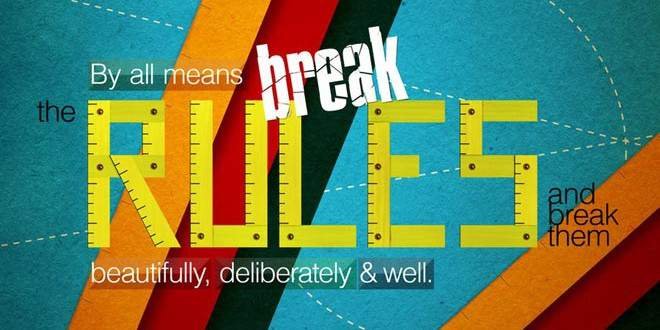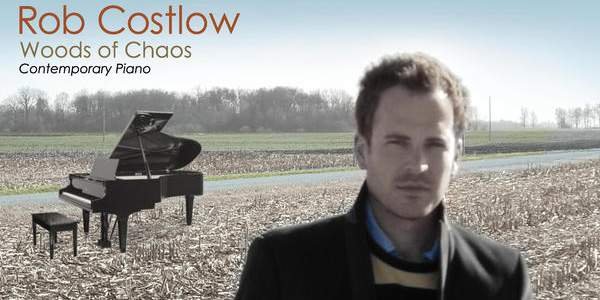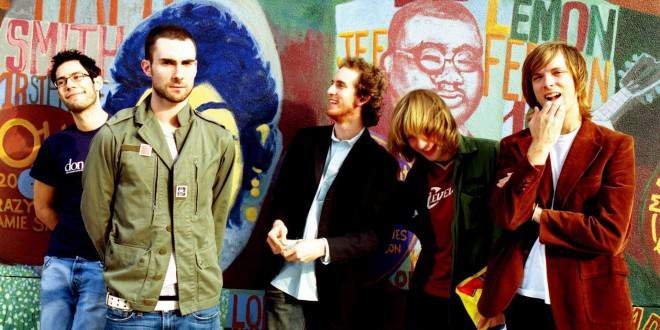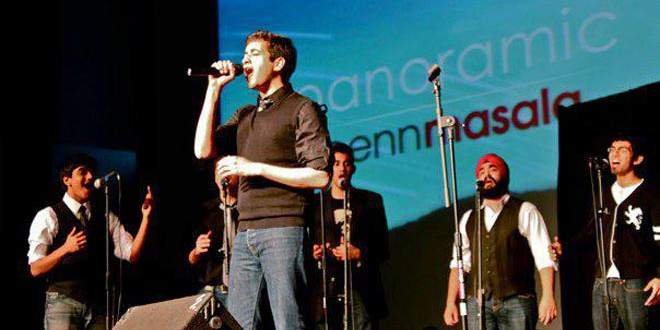It’s the absolute freedom of thoughts and creativity that give rise to compositions like this one. Whenever I listen to this track, I just think how the hell one can come up with such a crazy track, I mean, only one thing would have made this possible… Just listen to your heart and go for it.
Call it my imagination, but I have made up a story in my mind about how this track got recorded. It goes like this… Music Director Prashant Pillai gathered his musicians and singer, and told them… “Guys, take this Nasha track, sing it like you want, and play it like you want… I don’t have to tell you anything, the track is yours!” And thus, it formed Rock and Soul version of Nasha!
Why I am talking about this particular rock and soul version of the song is because the original track does not have that rebellion element which I am trying to convey to you so hard. Rebellion. Yes. Break all the rules. Don’t give a shit to anything. Do it your way. Sometimes, I love this feeling. And that’s exactly when I switch to this track!
Let’s go one by one about what I loved about this track specifically.
1) Bass is the key element of this track. The whole rhythm is made up of bass bits. So, headphones are must! Please listen to the bass patterns throughout the track, but I just can’t refrain myself from telling you a specific bass spot which is present in original Nasha track… its where the line “ Behtaa….. behtaa jaadu ” starts, it plays in background. That was heaven and was quite similar to the bass track in the start of the song “Khel mandala” from Natarang. I was somehow expecting similar bass pattern in rock and soul version too. But instead what I got is the beautiful way in which Ranjit Barot has altered the original tune of the song here and also introduced harmony. Elegant! And here they have replaced the bass pattern with a raw and solid rhythm with a feeling of “THairaav” in it (THairaav here means the way rhythm takes pause and starts again).
2) Perfect blend of rock and classical – the song takes twists and turns… at one point it’s full rocky, and suddenly at next moment it feels totally classical. True for reverse too. I say its complete treat! Right from 2.15 to 2.45 – full of classical touch with western strings in the background. At 3.13 – the way chorus sings “Dil Dosti” From 3.40 – the electric guitar solo in the background Can you identify more of such twists?
3) How can you ignore the female voice with those electrical edits in each of her line? She has her voice fully controlled… but what I loved the most is the texture of the voice, it’s just so different from what you hear in most of the songs.
I must admit, Ranjit Barot has done an awesome job in giving this song a touch which makes it rebel, and definitely takes it in the row of ‘Khalbali , paathshaala, sadda haq, haal-e-dil (ft. Harshit Saxena, acoustic version), and so on…..’!







